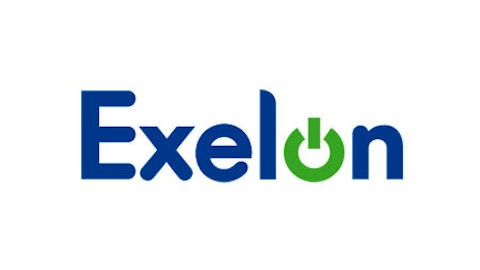
World-Wide Repercussions
What started as an earthquake off the coast of Japan quickly devolved into a nuclear disaster as nature overwhelmed the safeguards of nuclear power plants near the epicenter. The problems exposed, again, the risks of nuclear power plants. Japan has since shuttered almost all of its nukes.
At full strength, this reliable and relatively inexpensive power source provided almost a third of the country’s electric power. That’s a lot of capacity to lose in a short period of time, particularly since building power plants of any type is a long process.
The result of the shutdowns has been a dramatic increase in the importation of fuels like oil, natural gas, and coal. Unfortunately, over the last few months, Japan has been forcing its currency lower. The hope is to boost exports, which is good. However, it makes energy imports that much more expensive.
The Nuclear Option
Subsequent to Japan’s plant closures, other countries around the world also chose to pull back. That’s been bad for Cameco Corporation (USA) (NYSE:CCJ), the world’s largest publicly traded uranium miner. Before the Fukushima disaster, the stock was trading in the $40 range. Today it trades in the low $20s.
While sales have held up reasonably well, weak uranium pricing has taken the company’s bottom line from around $1.15 in 2011 to just under $0.70 last year. Reduced demand is clearly a big part of the problem. Increasing production, however, has been the saving grace for the top line.
Leveraged
Increasing production makes a Cameco Corporation (USA) (NYSE:CCJ) a leveraged play on a rebound in demand for nuclear power. The biggest boost would come if Japan decided to restart its reactors. However, there are other sources of demand, too.
For example, in 2012, the Nuclear Regulatory Commission’s gave The Southern Company (NYSE:SO) and SCANA Corporation (NYSE:SCG) permission to build new nuclear plants. That permission was granted, notably, after the Fukushima mishap.
These are expensive and complex projects that will be subject to immense scrutiny. However, both companies are financially strong and operate in the growing southeast portion of the country. So, new capacity is likely to be easily absorbed. And, despite the risks of nuclear power, it is much cleaner than the alternatives.
The investment in new power plants will help the companies earn rate increases from their regulators. Such increases will lead to top and bottom line growth, and should also result in dividend increases for shareholders. Both SCANA Corporation (NYSE:SCG) and The Southern Company (NYSE:SO) have long histories of annual dividend increases.
The shares of both companies have sold off along with the broader pullback in the utility space. SCANA Corporation (NYSE:SCG) recently yielded around 4% and Southern around 4.6%, so both should interest income-oriented investors. However, yields in the 5% range would be even more interesting for those willing to be patient.
For Cameco Corporation (USA) (NYSE:CCJ), however, these new plants spells increasing demand. Particularly since they aren’t the only two plants being built around the world. China, for example, has a huge need for electricity as it grows, and nuclear is going to be a big part of its future.
New Plants
While Cameco Corporation (USA) (NYSE:CCJ) would be a direct beneficiary of an uptick in nuclear power use, Fukushima highlights the risks that older plants face. Newer designs, however, have advanced over the old ones. Investors looking for a more diversified nuclear play in a non-utility should consider General Electric Company (NYSE:GE), which provides “reactors, fuels and services globally.”
Broadly diversified industrial giant General Electric Company (NYSE:GE) has been in the nuclear industry for well over 50 years. So, if there is an uptick in demand for plants and services, General Electric Company (NYSE:GE) should be in line to benefit. Interestingly, the company is also a big player in the wind market and serves oil and natural gas drillers, too. So the company is a way to play multiple energy related trends at one time.
While it is still in the process of recovering from the 2007 to 2009 recession, the company has again begun to prove its worth. With an around 3.3% dividend yield and and the shares still trading well off of their all-time highs, the company is a good option for those with lower risk profiles.
More than Japan
Nuclear isn’t dead and it isn’t dying. Japan increasingly looks like it will have to restart at least some of its nuclear facilities. That would be a boon for the broader industry, but growth is coming from all over, including the U.S. market. Cameco Corporation (USA) (NYSE:CCJ) is the most direct bet on nuclear, but GE and utilities building nuclear plants, like SCANA Corporation (NYSE:SCG) and The Southern Company (NYSE:SO), are other ways to get involved.
The article Falling Yen And Energy Imports Could Bring Back Nukes originally appeared on Fool.com and is written by Reuben Brewer.
Reuben Brewer has no position in any stocks mentioned. The Motley Fool recommends Southern Company. The Motley Fool owns shares of General Electric Company. Reuben is a member of The Motley Fool Blog Network — entries represent the personal opinion of the blogger and are not formally edited.
Copyright © 1995 – 2013 The Motley Fool, LLC. All rights reserved. The Motley Fool has a disclosure policy.




